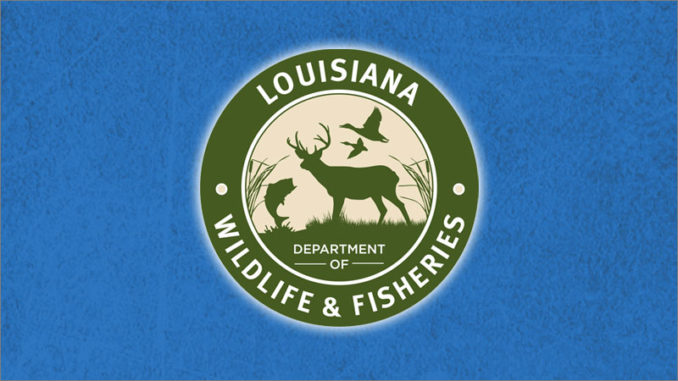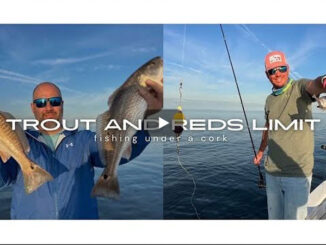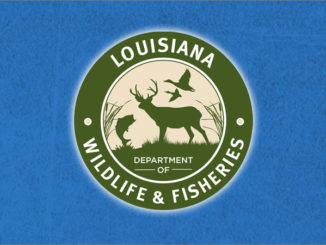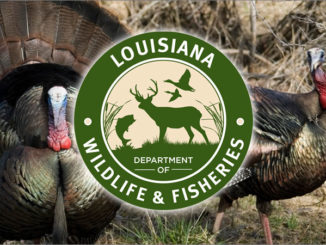
The Louisiana Department of Wildlife and Fisheries (LDWF) is providing a special permit to transport and stock approximately 10,000 red drum fingerlings in the Calcasieu Lake estuary as part of a pilot project to investigate the biological and ecological efficacy of stocking with hatchery-raised fish.
The fish are expected to be stocked during 2023 and 2024. However, the permit will expire on December 31, 2023, and shall require renewal prior to any stocking activities occurring in 2024.
The fingerlings will be stocked by the Recreational Fisheries Research Institute (RFRI), which sought the project, along with cooperation from the Coastal Conservation Association of Louisiana. LDWF will assist with evaluation of the success of the project by genetic monitoring during fish releases and collecting fish samples in subsequent years for genetic testing. RFRI, a Louisiana-based non-profit, conducts marine fisheries restoration through education and public involvement.
RFRI is covering the costs of stocking and genetic analysis as part of the permit stipulations.
“We know that red drum are important to our citizens, the economy, and the ecosystem. We want to evaluate all options to recover the stock in coastal waters and this will be the first ever evaluation of red drum stocking in Louisiana,” said LDWF Secretary Rob Shadoin.
Although red drum have been stocked in other states such as Texas, the department says it wants to temper the expectations related to this effort here in Louisiana.
“With the recent stock assessment showing that our red drum population has an over 1.5 million fish deficit compared to the long term recruitment average, stocking efforts will not solve the issues facing red drum in Louisiana,” said LDWF Assistant Secretary for Fisheries Patrick Banks. “Stocking of hatchery-reared fish is rarely the solution to a fish population problem in nature, but it could serve a useful purpose in the future. We hope to determine if stocked fish are able to survive in the Calcasieu Estuary and at levels that can be tracked via genetic testing.
“Regulatory changes, such as those recently proposed by the Louisiana Wildlife and Fisheries Commission, are still necessary to recover the red drum stock from the overfished condition, but we are exploring all options,” Banks added. “This limited permit allows us to perform the necessary scientific evaluations of options which could be considered in the future.”
From a fisheries management perspective, data generated from this pilot study can’t be used for fishery management decisions or support stock assessment efforts. However, the pilot study can help scientists assess the percentage of hatchery-reared fish that are recaptured in LDWF independent sampling and angling public fishery dependent sampling (i.e. the potential percent contribution of hatchery raised red drum to the spawning stock).
If the pilot study shows positive results that might be useful for fisheries management, it will be up to the LDWF Secretary to determine if other stocking programs could participate or if an increase in the stocking effort would be appropriate.
For more scientific detail on the project click here.


